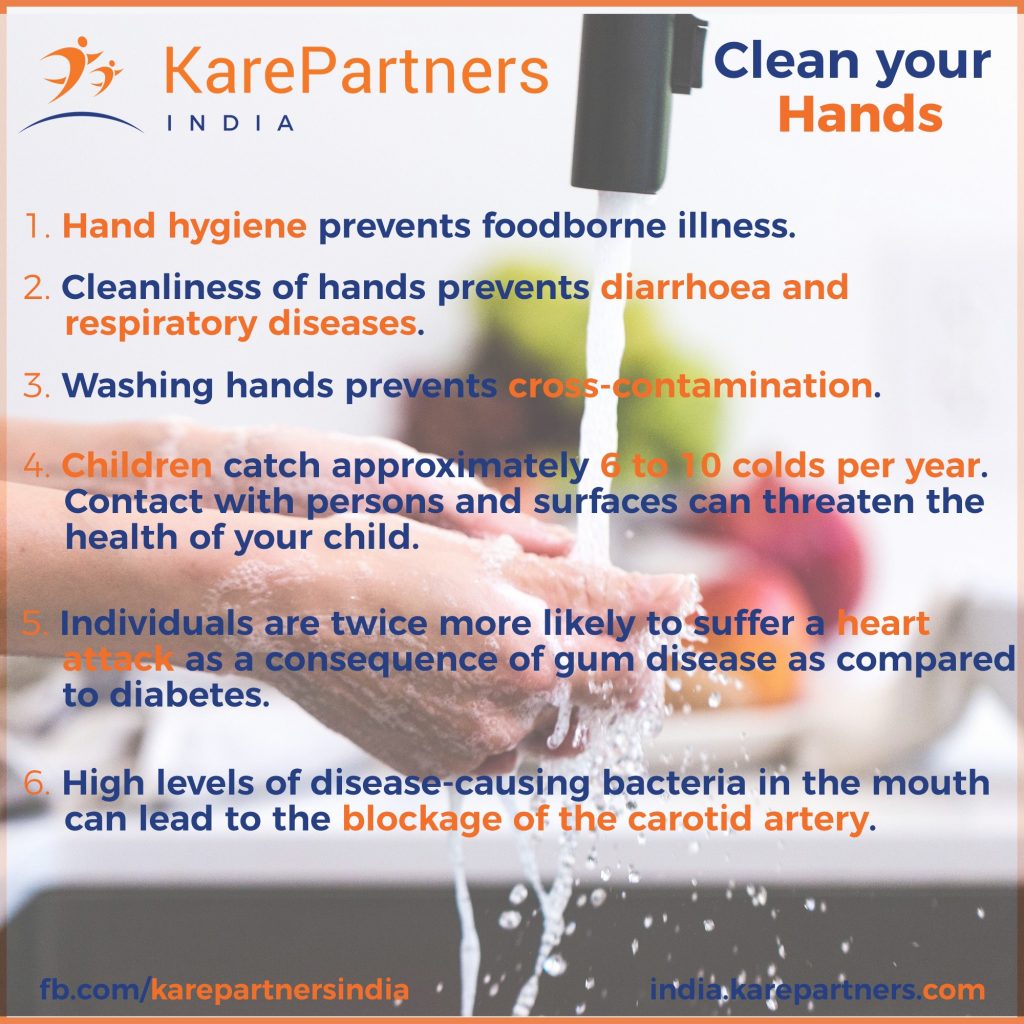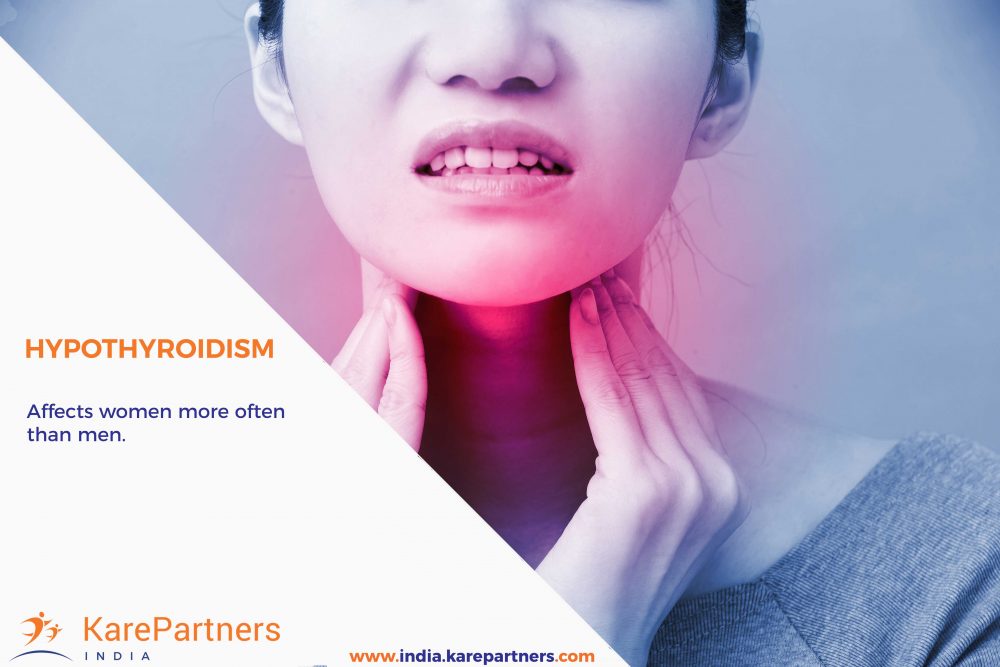INTRODUCTION
WASH stands for water, sanitation, and hygiene. WASH can also recover health, life expectancy, children learning and education, gender equality, and other significant problems of international progress. Access to WASH contains safe water, acceptable sanitation, and sanitation learning. This can decline illness and death, and also condense poverty and advance socio-economic expansion.
Many researchers have endeavoured to review the evidence of WASH interventions from the insufficient amount of high-quality researchers. Hygiene snooping, in particular, those concentrating on the preferment of hand washing, seems to be especially operational in tumbling morbidity. A meta-analysis of the literature found that hand washing interferences abridged the relative danger of diarrhoea by about forty percent. Likewise, hand washing preferment has been found to be related to a forty-seven percent reduction in morbidity.
Explicit types of water quality development projects can have a defensive effect on morbidity and mortality of individuals. A randomized control trial in India established that the endowment of chlorine tablets for refining water quality led to a seventy-five percent reduction in the occurrence of cholera among the study inhabitants. A quasi-randomized research on past data from the United States also found that the institution of clean water expertise in major cities was accountable for close to half the decrease in total mortality and over 3 quarters of the decrease in infant mortality. However, most researchers on water quality enhancement interventions writhe from residual baffling or poor devotion to the mechanism being done. For example, a research-directed in Nepal found that observance to the usage of chlorine tablets or chlorine solution to disinfect water was as low as eighteen percent among program users.
According to WHO-UNICEF report (2010), India has the maximum rate of open excretion. Access to pure drinking water and good sanitation are significant for everyday well-being. It grades in control of enteric ailments and improves child fitness. A fit child has better learning and recalling capacity. Girls evade going to a school where there are no good sanitation measures.
Sanitation makes an optimistic influence on family learning. According to a UNICEF research, for every ten percent increase in female literacy, a country’s budget can grow by 0.3 %. Thus, sanitation subsidies to the social and economic growth of the society. Better sanitation also helps the surroundings.
Clean drinking water and good sanitation would not avert contamination without being committed to good hygiene and sanitation. A simple routine of washing hands goes a long way towards averting illnesses. The stowed water supply may also serve as a basis of infection in the lack of hygiene. Teaching kids about hand washing early in life are imperative. Hand washing saves them from diseases which make the children sick. When kids learn early in life, hand washing is more likely to become their second nature.
In India, fast urbanization and the growing population has placed a major tension on the existing substructure. It has affected the ability of the government to deliver clean drinking water, and effective sanitation measures. Hand hygiene posters provide guidelines for hand hygiene, stressing the importance of antisepsis and the proper way to wash hands.
HOW TO WASH YOUR HANDS?

WASH IN COMMUNITY
To connect, educate, and bring community awareness while getting the largest number of citizens probable in the workshops, dialogue gatherings, and mobile movies. Teachers, professionals of the healthcare segment, and connotations of youth and women contribute to these initiatives.
Community Sanitation and Hygiene
The community sanitation program reports environmental health problems within the community. Environmental Health Experts (EHE) impose the regulations while directing surveys and reacting to grievances:
Community hygiene learning and training help people comprehend and develop hygiene practices to avert disease and death in the community.
Many persons take for granted training they have received in healthy, hygienic practices, often during childhood, but data and knowledge about bacteria, hygiene, and disease is not extensively available in many parts of the world.
Public hygiene education and good hygiene are significant tools in averting infectious sickness from spreading throughout a community. Positive hygiene education will stimulate actual and lasting developments to present hygiene practices and endorse good approaches towards community hygiene. Practising good hygiene is also a behavioural variation – one that everyone can do whether they are rich or poor, young or old, educated or not. Hygiene is an important connection between water, sanitation, and health.
WASH IN SCHOOLS
WASH in Schools also emphasizes the growth of life skills, the deployment and participation of parents, communities, governments, and institutions to work together to increase hygiene, water, and sanitation settings. While there are many methods based on opposing cultural visions, environmental and social realities, any WASH programme in Schools should include:
These programmes will have a Positive effect on hygiene and sanitation practices in their homes, among friends, family members and in the wider community.
Learn to perceive, communicate, collaborate, listen and carry out resolutions about hygienic conditions and practices for themselves and their friends.
Change their present hygiene conduct and endure better hygiene practices in the future. Learn about menstrual hygiene and physical and emotional variations. Exercise gender-neutral partition of hygiene-related tasks such as cleaning lavatories, fetching and boiling water.
WASH IN WORKPLACE
Sustaining a clean work setting is perilous in averting foodborne illness. Bacteria can grow on unclean tops and then infect food. Just because a work surface appears clean does not mean that it is hygienic. Always make sure that you clean and sanitize a work region before starting work.
Cleaning Measures and Schedules
washing your hands with soap and other cleansers are just one step of the cleaning technique. It is also essential to sanitize. Cleaning will eliminate any dirt or grease, but will not essentially kill any bacteria or other pathogens. Only a disinfectant will kill bacteria and safeguard the area is safe for food preparation. Hygiene encompasses the conditions and practices that stirs up wellbeing and prevent the spread of diseases. Individual cleanliness shields a person from debilitating diseases. Each part of the body on the exterior requests an essential measure of perpetual consideration. Habits, for example, washing your hands, showering, brushing, flossing, may all look dull and exhausting, however, they all go a long way in maintaining vital individual cleanliness and health.
5 TAKEAWAYS:

